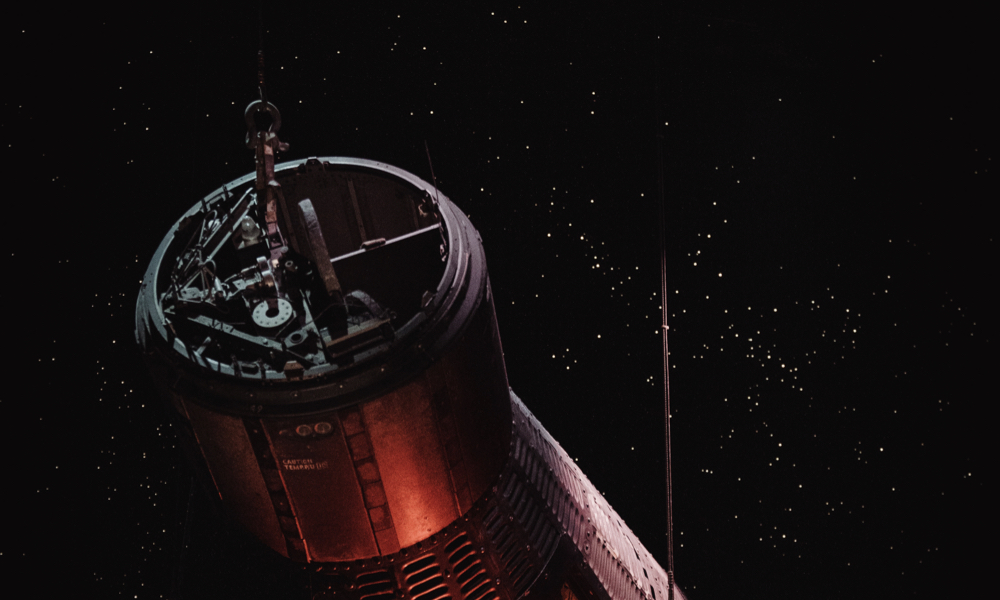
ESA Open Invitation to Tender AO9435
Open Date: 20/07/2018
Closing Date: 14/09/2018 13:00:00
Status: ISSUED
Reference Nr.: 18.123.02
Prog. Ref.: GSTP Element 1 Dev
Budget Ref.: E/0904-611 – GSTP Element 1 Dev
Special Prov.: DE
Tender Type: C
Price Range: > 500 KEURO
Products: Satellites & Probes / Propulsion / Chemical Propulsion ¿ BB / Tanks *See Structures / Satellites & Probes / Propulsion / Cold gas propulsion
Techology Domains: Propulsion / Chemical Propulsion Technologies / Liquid Propulsion Systems
Establishment: ESTEC
Directorate: Directorate of Tech, Eng. & Quality
Department: Mechanical Engineering Department
Division: Propulsion & Aerothermodynamics Division
Contract Officer: van Hilten, Linda
Industrial Policy Measure: N/A – Not apply
Last Update Date: 20/07/2018
Update Reason: Tender issue
Propellant tanks, due to their materials and the very high area to mass ratio that make them decelerate fast during reentry, are among the elements that survive reentry. In addition, tanks are normally quite enclosed within the satellite structure making them surviving the re-entry and having a large on-ground footprint. Therefore, the development of demisable tanks is considered of the highest priority by the LSIs for their uncontrolled re-entry LEO platftorms.The LEO spacecraft carrying out uncontrolled re-entry at theEnd of Life (i.e. up to 1 to 2 tons, depending on the payload) are generally based on monopropellant systems in a blow down configuration, given the low Delta-V needed. Typical Maximum Expected Operating Pressures are in the order of 24 bar.The preliminary activities indicate that the development of a monolithic tank on Aluminum alloys (e.g. AA2219) is a very interesting choice to improve thetanks demisability. It also allows building upon the heritage from the development of other tanks, such as the on-going Vega-C tanks and the industrial experience regarding processes and manufacturing. Also, application of more advanced aluminium alloys such asAlLi are expected to have limited benefit and higher cost.The use of Carbon Overwrapped pressurized Vessels (COPV) has also been investigated for monopropellant tanks. However, the demisability of composite materials is extremely complex and not yet fully understood. Tests show that depending on the resin and fiber properties, the overwrap can actually become a heat shield for the tank. Moreover, for monopropellant tanks only low internal pressure is required, and given the size of tanks targeted, the mass benefit of usinga COPV is limited and the recurrent costs higher than a monolithic option. Therefore, this option is not considered for this phase.During the CleanSat Concurrent Engineering Phase a set of harmonized requirements for propellant tanks designed for demise has beenagreed among the European LSIs. The coordinated work between supplier and integrators is a key aspect of the CleanSat project, guaranteeing that the technology is developed in line with the needs of the end users.Furthermore, a conceptual design and feasibility analysis was carried out showing that innovative design solutions result in a significant improvement on the demisability of theseequipment imposing very limited constraints to the system.The consolidated requirements establish a solid basis to support this development.This activity will be implemented in a phased approach: Phase 1 (800 Keuro, duration14 months)- Consolidate propellanttank design requirements, in line with requirements harmonized with the users.- Detailed design of tanks shell and diaphragm. Analysisof the compliance with the interface, performance, thermo-mechanical and environmental requirements.- Tests for sample characterization regarding long-term compatibility of shell material, diaphragm material, seal material and welding for process validation,withmonopropellants, simulants and pressurant gasses.- Demisability test at sample level and design analysis consolidation with state-of-the-art simulation tools.- PDR. Phase 2 (1600 Keuro, duration 16 months)- Engineering model design- Manufacture full-scale EM, demonstrate manufacture processes- Design verification by test, including: proof pressure, vibration testing at qualification level and leakage.- CDR.- Phase 3 (400 Keuro, duration 6 months)- Qualification Model Development Manufacturing and Testing.-QR (Qualification Review).
If you wish to access the documents related to the Invitation to Tender, you have to log in to the ESA Portal.
